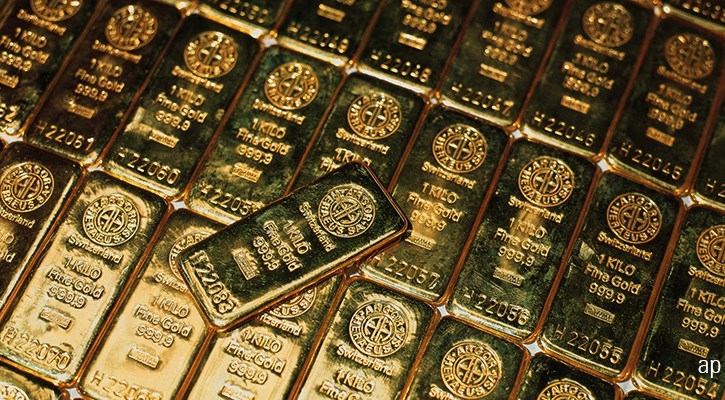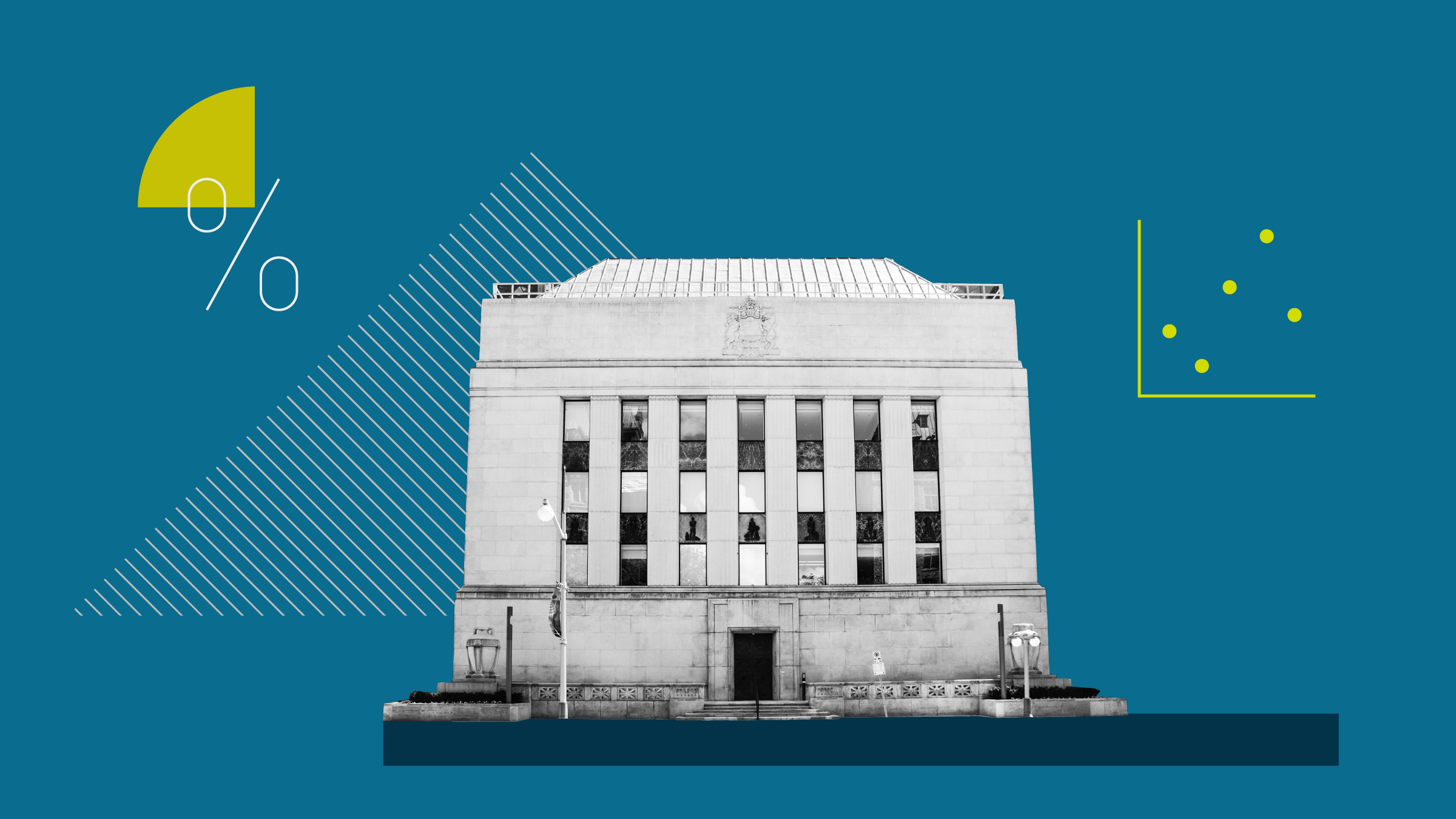
Gold hit a new all-time high on Monday, Feb. 3, driven by a wave of investment towards haven assets after US President Donald Trump’s decision to impose commercial tariffs on Canada, China and Mexico added to fears of inflation that could dent economic growth.
The spot price touched $2,830 an ounce Monday morning before retreating to $2,812, despite the strength of the dollar, with which the yellow metal historically has an inverse correlation. For a list of largest gold exchange-traded funds and their performance, see the bottom of this article.
“It is as if we are facing an astral conjunction uniting different kinds of investors”, says Maurizio Mazziero, a financial analyst and commodities expert. “Individuals are looking confidently at gold, as it has been the best asset class in 2024 with a performance of 27%, rising to 36% for euro-based investors. At the same time, money managers view gold allocation as insurance given geopolitical and trade tariff risks, with stock prices still at highs”.
Emerging Markets’ Central Banks Still Hungry for Gold
Meanwhile, central banks continue with massive acquisitions: According to data from the World Gold Council, global gold reserves increased by 694 tons in the first ten months of last year, in line with the record of 2023.
In the first three quarters of last year, India’s central bank alone recorded net gold purchases of 77 tons, followed by Turkey’s central bank with 72 tons, bringing the share of gold reserves in total foreign exchange reserves to 34%. The third largest buyer of gold in 2024 was the Polish central bank with 69 tons. China, which has emerged as the largest buyer of gold in recent years, ranks fourth with just under 30 tons.
“The decision by Western countries to place sanctions on Russia’s central bank reserves in 2022 represented a point of no return, and suggests that, in the future, any country that finds itself in strong political disagreement with the West could implicitly run the risk of seeing its assets confiscated”, says Peter Kinsella, Global Head of Forex Strategy at Union Bancaire Privée. “As a result, the central banks around the world have been increasing their gold reserves and this trend is likely to continue in 2025”.
The 2024 Central Bank Gold Reserves Survey, commissioned by the World Gold Council, reveals that 69% of the central banks surveyed expect further net purchases of gold reserves, albeit moderate, in the future. They emphasized the role of the precious metal as a strategic asset for portfolio risk reduction and diversification of foreign exchange reserves. 83% of central banks in industrialized countries also rely on its traditional function as an inflation hedge and a safe haven asset in times of crisis. Among the emerging market central banks surveyed, this percentage reaches 90%.
“In the background, there is always the BRICS project to initiate a new currency pegged to gold to be used in trade instead of the US dollar”, Mazziero further recalls. “The fact that Trump has announced 100% tariffs for those who will adopt it highlights its real feasibility and the accompanying fears.”
When Will Gold Hit $3,000?
Broadly speaking, investors display positive sentiment on gold for 2025. According to UBP’s Kinsella, “it could continue to rise toward levels of around $2,900 to $3,000 per ounce.” Analysts at JP Morgan also write in their annual outlook that they expect gold prices to rise over $3,000, especially if US policies become more disruptive, in the form of higher tariffs, elevated trade tensions and increased risks to economic growth.
“It is difficult to make price predictions”, Maurizio Mazziero warns, “we are sailing the high seas, at levels that have never been touched: I would say that by now $3,000 is within reach, but the rise could also extend toward $3,200 an ounce. I don’t think anyone can determine that with a good approximation”.
Finally, Diego Franzin, Head of Portfolio Strategies at Plenisfer Investments SGR, reminds that “regardless of short-term price trends, gold will continue to be a strong diversifier, helping contain portfolio volatility due to its low correlation with other assets and offering protection from inflation.”
The author or authors do own shares in any securities mentioned in this article. Find out about Morningstar's editorial policies.















